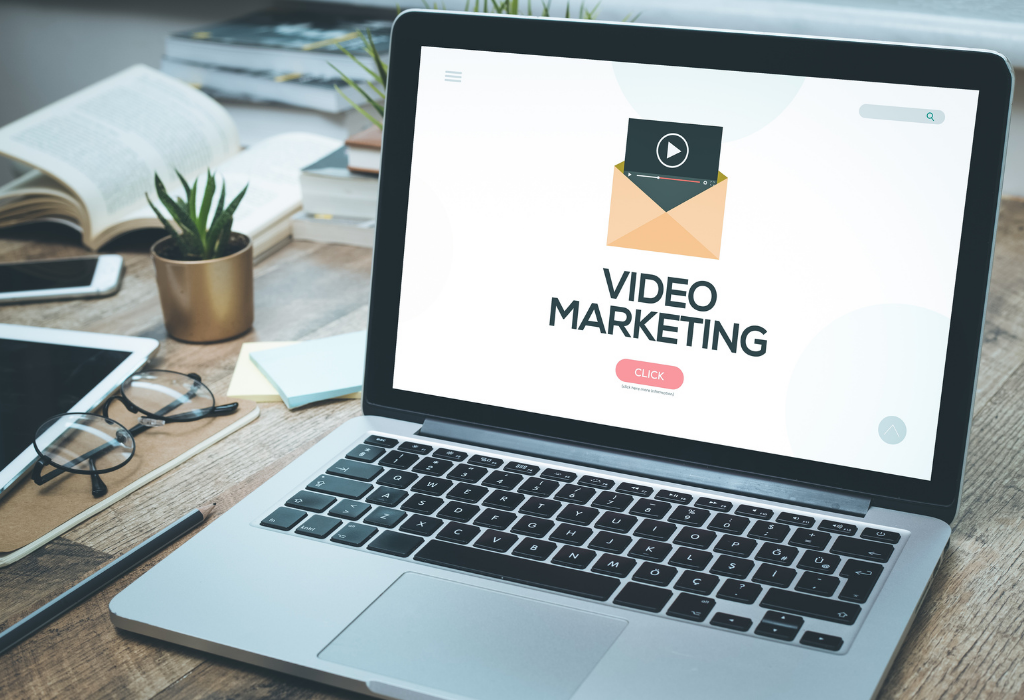Introduction
In the digital-first world of 2025, content marketing is no longer a luxury—it’s a cornerstone of brand growth and authority. With evolving search engine algorithms, AI-generated content on the rise, and increasingly discerning consumers, the brands that win are those that provide consistent, valuable, and authentic content experiences.
Whether you’re a startup looking to build credibility or an established company seeking to stay relevant, here’s how content marketing drives authority in today’s landscape—and how you can use it to stand out.
1. Why Brand Authority Matters More Than Ever
Brand authority isn’t just about popularity; it’s about trust, credibility, and influence in your niche. When your content consistently educates, inspires, and solves problems, you become the go-to source—and that pays dividends across SEO, social, and sales.
Benefits of strong brand authority:
- Higher organic search rankings
- Greater trust and loyalty from customers
- Increased referral and word-of-mouth traffic
- Higher conversion rates across marketing channels
2. E-E-A-T and Google’s Search Landscape
In 2025, Google’s algorithm heavily favors content that demonstrates Experience, Expertise, Authoritativeness, and Trustworthiness (E-E-A-T).
What this means for your content:
- Include author bios and credentials
- Use real-world examples, case studies, and first-hand data
- Build backlinks from reputable sources
- Encourage user reviews and testimonials
High-E-E-A-T content is rewarded with better rankings and featured snippets, helping your brand dominate SERPs.
3. Focus on Helpful, People-First Content
SEO today is driven by user satisfaction. Google’s helpful content update favors content that truly answers user questions—while penalizing generic, fluff-filled articles.
Best practices:
- Solve real problems—don’t just target keywords
- Use FAQ sections to answer long-tail queries
- Refresh outdated content with new insights or data
- Ensure content is easy to navigate and skim
4. Diversify Content Formats for Deeper Engagement
In 2025, content marketing isn’t limited to blogs. Winning strategies include a mix of formats to meet users where they are.
Must-have formats:
- Blogs and articles (SEO and thought leadership)
- Short-form videos (for TikTok, Reels, and Shorts)
- Long-form videos and webinars (for education and lead gen)
- Podcasts and audio snippets (for brand voice and loyalty)
- Infographics and carousels (for data visualization)
Multichannel content delivery builds touchpoints and reinforces brand messaging.
5. Use AI as a Creative Partner—Not a Replacement
AI tools like ChatGPT, Jasper, and SurferSEO are incredible for ideation, editing, and SEO—but in 2025, purely AI-generated content is easily spotted and undervalued.
How to use AI effectively:
- Brainstorm blog ideas and outlines
- Generate first drafts, then humanize them
- Use AI for repurposing content across formats
- Optimize content structure and metadata with AI guidance
Human insights, voice, and originality still matter most.
6. Align Content with the Buyer’s Journey
Your content must meet prospects at different stages of the funnel.
Content mapping:
- Top of Funnel (TOFU): Blogs, social videos, infographics, checklists
- Middle of Funnel (MOFU): Case studies, comparison guides, webinars
- Bottom of Funnel (BOFU): Product demos, testimonials, pricing pages
Aligning content with intent ensures smoother transitions from discovery to conversion.
7. Build Topic Clusters and Pillar Pages
Organizing your content around core themes improves both user experience and SEO.
Structure:
- Create comprehensive pillar pages (e.g., “Ultimate Guide to Digital Marketing”)
- Link related cluster posts to the pillar page
- Use internal linking to guide navigation and reduce bounce
This strategy boosts topical authority and increases time on site.
8. Promote Your Content—Don’t Just Publish It
Great content needs visibility. Use strategic distribution to amplify your message.
Promotion checklist:
- Share across all relevant social platforms
- Send via email newsletters
- Partner with influencers or niche publications
- Run paid promotion for high-performing pieces
- Syndicate to Medium, LinkedIn Articles, and Quora Spaces
Content promotion should be 50% of your strategy.
9. Measure, Analyze, and Iterate
Authority isn’t built overnight—it’s earned through consistency and refinement.
Key metrics to track:
- Organic traffic and keyword rankings
- Time on page and bounce rate
- Backlinks and domain authority
- Conversion rate by content type
Use tools like GA4, Ahrefs, SEMrush, and Hotjar to gather insights and improve performance.
10. Brand Storytelling: Your X-Factor
Facts inform, but stories inspire. Sharing your brand’s values, mission, and customer success stories creates emotional connections.
Story-driven content examples:
- Behind-the-scenes videos
- Founder interviews
- Customer spotlight stories
- Journey blog series (e.g., “How We Built Our First 100 Customers”)
Authentic storytelling helps build a memorable, trusted brand.
Conclusion: Content Is the Currency of Trust in 2025
In a noisy digital world, content is your voice, your value, and your brand promise. The businesses that invest in consistent, high-quality, helpful content will build long-term authority—and unlock exponential growth.
At GrowthBox, we help brands craft content strategies that not only rank, but resonate. Ready to build trust, win attention, and lead your category in 2025?
Let’s start telling your story—strategically.
















